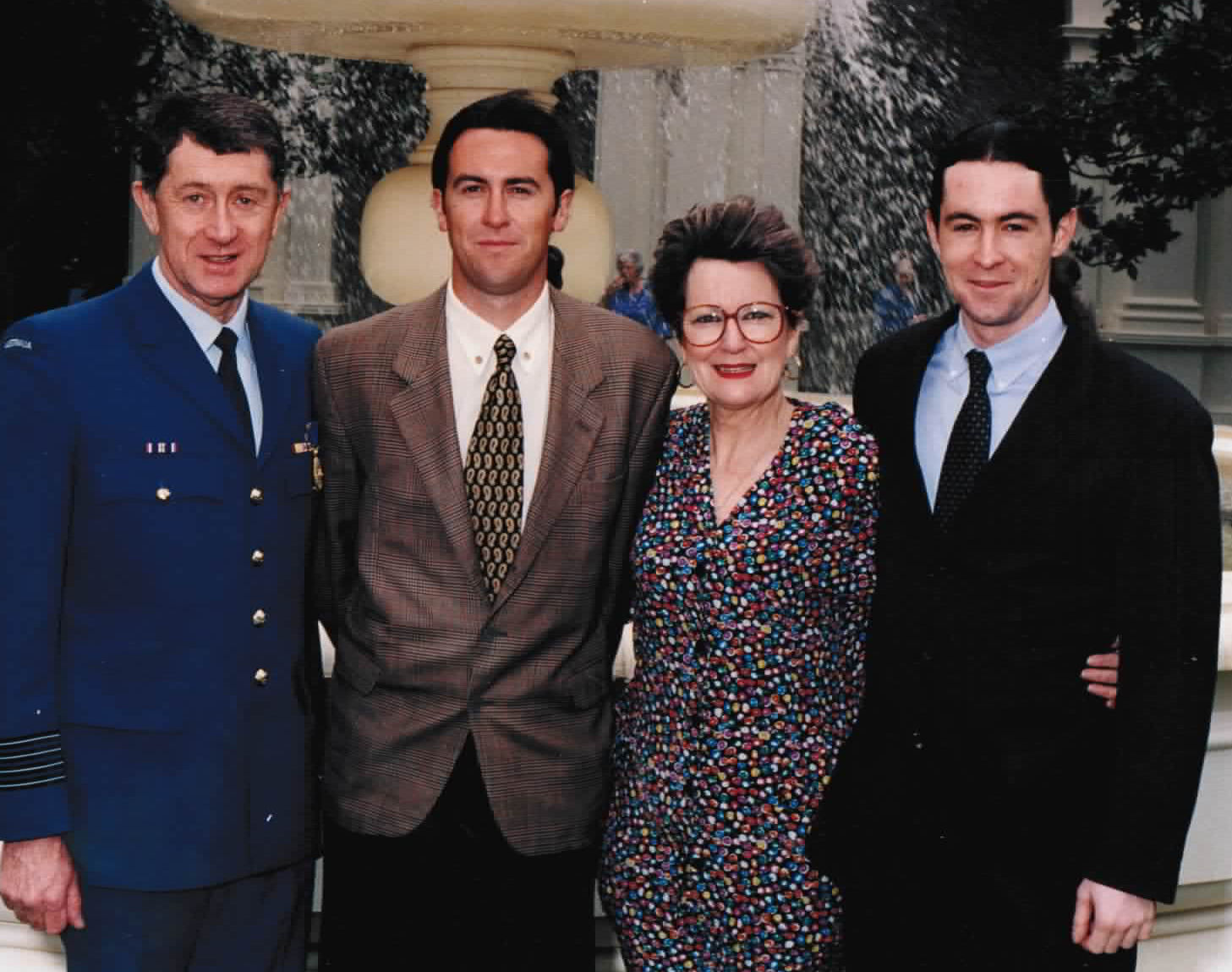|
|
||
|
Radschool Association Magazine - Vol 41 Page 7 |
||
|
Privacy Policy | Editorial Policy | Profit Policy | Join the Association | List of Members | Contact us | Index | Links |
||
|
My Story! |
||
|
Back Go to page: 1 2 3 4 5 6 7 8 9 10 11 12 13 14 15 16 17 18 19 20 Forward |
||
|
|
||
|
Brian Stanley Duddington, AM, ADC.
Brian was born in Brisbane but spent his formative years on the family farms on Tamborine Mountain. He attended the Tamborine North State School where he completed his Scholarship exams and later, Beaudesert High School where he achieved his Junior Certificate. Although undertaking an academic course per se, his interests in hand skills were satisfied by a one day per week attendance at the Beenleigh High School; his interest in languages was satisfied from his academic course when he learned French (a language that became quite useful in later life) and his interest in music was satisfied by weekly visits to the Beenleigh Convent where he learnt to play the violin.
When the time came to make a decision on whether to pursue further study or to seek employment, Brian made a decision to pursue his life-long ambition to become an engineer and to join the RAAF as a technical trainee. This was a decision that served him well and one which afforded him a very rewarding career in aerospace for most of his working life. But he will never forget Day One of his military career, spent in the company of other recruits on a train from Brisbane to Newcastle from where they were transported by truck to the Recruit Training Unit at Rathmines, the wartime flying boat base on Lake Macquarie. Being June and the middle of winter, he often spoke of the frosty mornings, shaving and showering in cold water when the boiler attendants (also recruits) failed in their duty to keep the boilers stoked and washing his clothes in the old copper boilers from which all clothes emerged in the same colour blue.
The next step was to the RAAF School of Technical Training (RSTT) at Wagga where he completed his technical training. He often reflected on the advantage he had on other students which he gained from his Dad’s teachings on the use of hand tools and the maintenance and repair of piston engines and other pieces of mechanical equipment in use on the farm. With training to that point now completed, he was posted to Engine Repair Squadron (ERS) at RAAF Richmond where he spent three years working on reciprocating engine overhaul and finally doing what he had wanted to do for a long time. But, mixing now with more seasoned workmates and listening to their experiences in other countries, his next ambition was to serve overseas and he did not have to wait too long.
|
||
|
He was posted to No 2
Squadron at RAAF Base Butterworth in Malaysia, home of the Canberra
bomber. However, his time on Canberras was short, as soon after arriving
in Malaysia he was posted
internally
L-R: Charlie Howard, Arthur Bruce, Brian Duddington.
Best of all, his Flight Fitter duties afforded a privileged lifestyle, accompanying visiting VIPs on overnight and longer stays in regional countries including Thailand, Hong Kong, Laos, Singapore and Vietnam. His hours in the air were made even more enjoyable by the friendship shown by Mrs Townsend, wife of the then Officer Commanding RAAF Butterworth, AIRCDRE Bill Townsend, who went out of her way to ensure this young LAC did not feel uncomfortable in the presence of a cabin full of senior officers.
“Brian told of an embarrassing event which occurred on his first Flight Fitter duty when he was required to serve refreshments at top of climb. Forgetting his theory on changing pressures, he opened the seal on a jar of coffee and wore most of the contents on his face. He said he did not know whether to cry or to come out singing Maame”.
His time in Butterworth also was enhanced by his love of squash which he played almost nightly and his job as Senior Announcer at Radio RAAF Butterworth, reading the morning news every week day and conducted the highly successful and popular “Party Time” on Saturday nights.
However, as for all good things, the posting to Butterworth gave way to a posting to No 2 Squadron (Canberra Bombers) at Phan Rang in Vietnam where he spent the next twelve months. It was here that he met and made lifelong mates with whom he still spends his ANZAC Days, reminiscing over a beer at the Irish Club.
On his return to Australia in 1968, he was posted to 37 Squadron, the home of the new E model C130 Hercules fleet. In all, he spent seven years at RAAF Richmond, in which time he saw service in No 36, No 37 and No 486 Mntce Squadrons.
He was again studying and on achieving the requisite educational standards, he was commissioned as an Engineer Officer in the Aeronautical Category of the Engineer Branch in 1976. A posting to RAAF Base Amberley to No 482 Squadron and a long history with the F-111 aircraft followed.
As OIC Flight Line and Rectification Squadron (OIC FLARS) with a staff of over 100 people, Brian remembers his time at 482 Squadron as being one of the most satisfying and beneficial in his Air Force career from both an engineering and professional officer point of view.
Commissioning Day, Point Cook. Col White and Brian.
One of his most memorable experiences was his tasking as deployment commander for the team responsible for the recovery of aircraft A8-136 which crashed south of Guyra, near Armidale, NSW, on the 28th April, 1977. It was the first F-111 aircraft to crash. One of the least pleasant also involved the Guyra deployment where he was obliged to share a room with one of his senior NCOs (name withheld to protect the guilty) who gained great pleasure from tossing him out of bed when he returned each night from the local RSL. However, after two years, and lots of other pleasant memories, Brian and his family were on their way to what would later become the first of three postings to Headquarters Support Command (HQSC) Melbourne.
|
||
|
Due to a water shortage in Ireland, Dublin swimming baths have announced they are closing lanes 7 and 8.
|
||
|
To set the stage for his
Melbourne posting, the Commanding Officer of 482 Squadron, Group Captain
Chummy Wade, told Brian that the days of high job satisfaction and
excitement were over. He suggested that in the Support Command setting
at his junior rank l
Brian receiving his National Medal from "Chummy" Wade.
Brian’s posting to HQSC was as a member of the Repair and Overhaul Directorate (SORO) where he was responsible for Repairable Item management, all aircraft types. His position afforded an opportunity to better understand the complexities of RI pipeline management but also provided a unique opportunity to gain an industry perspective and to meet the people so involved. It was on reflection some years later, also a unique opportunity to compare this large and inefficient organization with the much improved organisation with which it eventually was replaced. Nevertheless, the HQSC experience was short-lived, and the family was on their way to Singapore where Brian was posted as a member of the Defence Cooperation Plan (DCP) as Engineering Adviser to the Singapore Air Force on Heavy-lift aircraft (C130).
Life in Singapore where the
family spent four happy years, was idyllic for all. Brian had an
exciting job engaged in developing the maintenance philosophy for the
newly acquired RSAF CI30 fleet and assisting in the establishment of
in-country Repair and Overhaul capabilities. The downside was that Brian
opted to undertake two years of Officer
At the RAF Senior Staff College, Bracknell, UK.
Four years passed quickly and Brian the family was back in Melbourne for the second time; now employed as Acting SG2, responsible for disposal of the Mirage fleet and introduction of the FA-18. However, after less than two years in this position, including lengthy periods in the USA, he was advised that he would be posted to RAF Bracknell Staff College. This was a significant reward as only one or two Australians are afforded this opportunity each year. It was even more exciting when, on successful completion of the course a year later, Brian was posted as Staff Officer Engineering (SOENG) to the Australian High Commission London for a period of three years. Of that posting, Brian remembers with pride, the opportunity afforded him by the High Commissioner, Douglas McLelland, to escort the Ashes from the Marylebone Cricket Club (Lords) to their resting place in Martin Place Sydney – their first and only time to leave the UK.
|
||
|
After 100 years lying on the sea bed, Irish divers were amazed to find that the Titanic’s swimming pool was still full.
|
||
|
As SOENG, Brian was responsible for providing liaison between the RAAF and UK and other European OEMs and suppliers. Shortly after his arrival at the High Commission, Brian was promoted to Wing Commander (the first incumbent of this position to be promoted in post). He served also as President of the Mess Committee (PMC). But, apart from the many and varied rewards of the job, fond memories include his first real white Christmas dinner; the many nights on the cocktail circuit meeting people one normally would not meet (Members of the Royal Family, Lords and Ladies, and Heads of State and politicians) and attendance at the Royal Garden party on three separate occasions where, on the last of those occasions, Brian was selected to meet Her Majesty the Queen.
Brian’s posting to Training Command as Staff Officer Trade and Specialist Training (SOTST) opened the door to another very interesting and rewarding career stream.
As with all overseas postings, time passed quickly and the family was on their way back to Melbourne and a posting to the newly formed Headquarters Training Command located at Pt Cook.It also set the stage for a posting as Commanding Officer of the RAAF School of Technical Training at Wagga, something he always had sought in his posting preferences and which he achieved some years later. The job entailed the oversighting of all of the RAAFs Ground Training facilities, functions and courseware and with strong support from RMIT, afforded an opportunity to introduce a Diploma of Engineering into the RAAF’s suite of training courses. Subsequently, it lead to the establishment of RSTT as a registered Training Organisation which was one of Brian’s major achievements and one which gained mentioned in his award as a Member of the Order of Australia (AM).
Brian’s third posting to
HQSC followed; this time as RO5 responsible for the establishment and
maintenance of all of the RAAF’s Deeper Maintenance contracts. He also
had responsibility for the CI30 Detachment team in Christchurch NZ
during the period that Air
On completion of another short yet interesting posting to HQSC where he witnessed the demise of this once thriving organization and the establishment of the Weapons Systems Logistics Management Units (WSLMs), Brian was afforded what he saw as the opportunity of a lifetime; that being a posting as Commanding Officer of the RAAF’S School of Technical Training (RSTT) Wagga. This was a posting sought by many and was especially important to Brian, being an ex-airman and having been the place of his initial Trade Training. However, there was a twist, as a decision had been made to out-source a large component of training formally undertaken by RSTT. Hence, a large part of his time at Wagga was spent on out-sourcing activities and the challenges it posed. But the posting was again a short one, when Brian was advised he would be promoted to Group Captain and posted back to Melbourne; this time as Director Logistics Program Manager (DLPM).
As for all of his postings, his appointment as DLPM offered new challenges, especially in the area of financial management as co-chair of the Financial Management Group (FMG) responsible for management of the HQSC logistics budget. In the time spent in that position, Brian was made a member of the Order of Australia (AM) for his previous contributions to training (Registration of RSTT as a Registered Training Organisation (RTO) and introduction of the Graduate Diploma in Engineering; to contract management (Introduction of the “Partnering” strategy to major Defence projects which was his MBA thesis topic) and to Financial Management (Introduction of the Baseline Funding strategy to financial planning). He also was appointed Honorary Aide De Camp (ADC) to the Governor General of Australia, a positioned he has retained and enjoyed for over 16 years).
Brian with his family, son Nathan, wife Genise and son Ashley, at Parliament House in Melbourne - accepting the Order of Australia medal. Brian says he doubts he would or could have enjoyed his wonderful career without the unconditional support he has received from his lovely wife.
Brian retired from the PAF in 1997 and at that time was the last serving member to have completed recruit training at Rathmines. However, he remained in uniform as a Reservist, acting in the position of DCAF (Deputy Chief of Staff – RAAF) CO-ORD. On behalf of DCAF, his major task was to undertake the Technical Trade Philosophy Review which questioned the worth of the technical training philosophy of the day, especially the mechanic mustering and the self-paced distance learning process, in light of the reduction in Air Force numbers from about 22,000 to about 14,000 and the associated reduction in technical trade supervision available for on-the-job-training. His findings resulted in CAFAC approval for the abolition of the then-current scheme and a return to classroom training to technician level.
It was time now for a change of employment for Brian who joined the Ball Solutions Group team of Professional Service Providers (PSP) where he stayed for three years. His most interesting projects in that time were the design of a Loadmaster Training Simulator for Army and as a member of the Air 9000 Tender Evaluation Team that selected the MRH90 Helicopter as a replacement for the Army’s Blackhawk fleet. However, life as a PSP, albeit generally interesting, meant spending most of his time in Canberra – not sunny Queensland.
Brian and the Tiger Retrofit Team at Aeorspace.
So, in 2003, he joined the Australian Aerospace team at Brisbane Airport to assist with the bid for the Caribou Through Life Support (TLS) contract. Subsequently, he was employed as the Tiger and MRH Transition Manager and currently holds the position of Governmental Helicopters Program Support Manager. He says that being a member of the Australian Aerospace Team, with involvement in two major Defence contracts is a highly rewarding experience.
Brian reckons his life experiences, including his RAAF career and subsequent employment with Aerospace would have to have been the best a bloke could have…….
We tend to agree with him!!
|
||
|
|
||
|
||
|
|

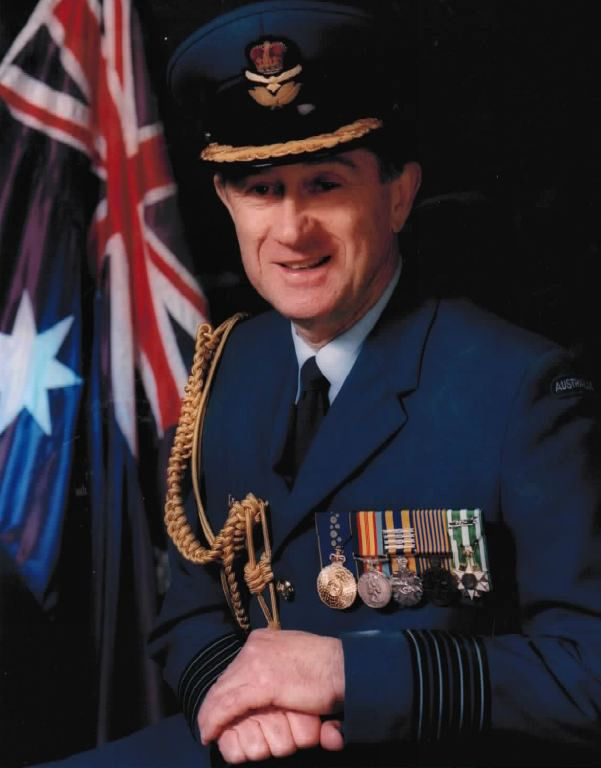
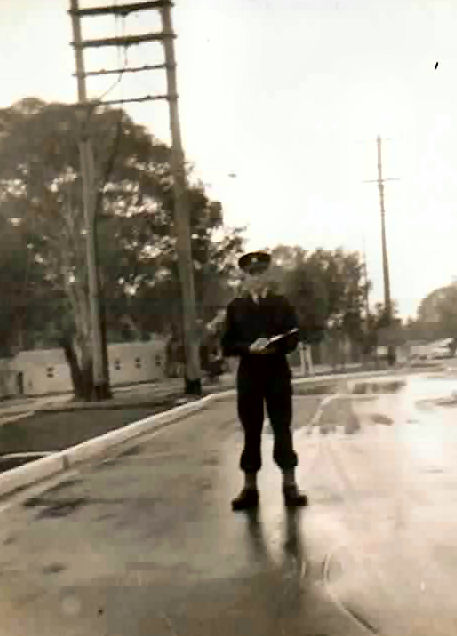
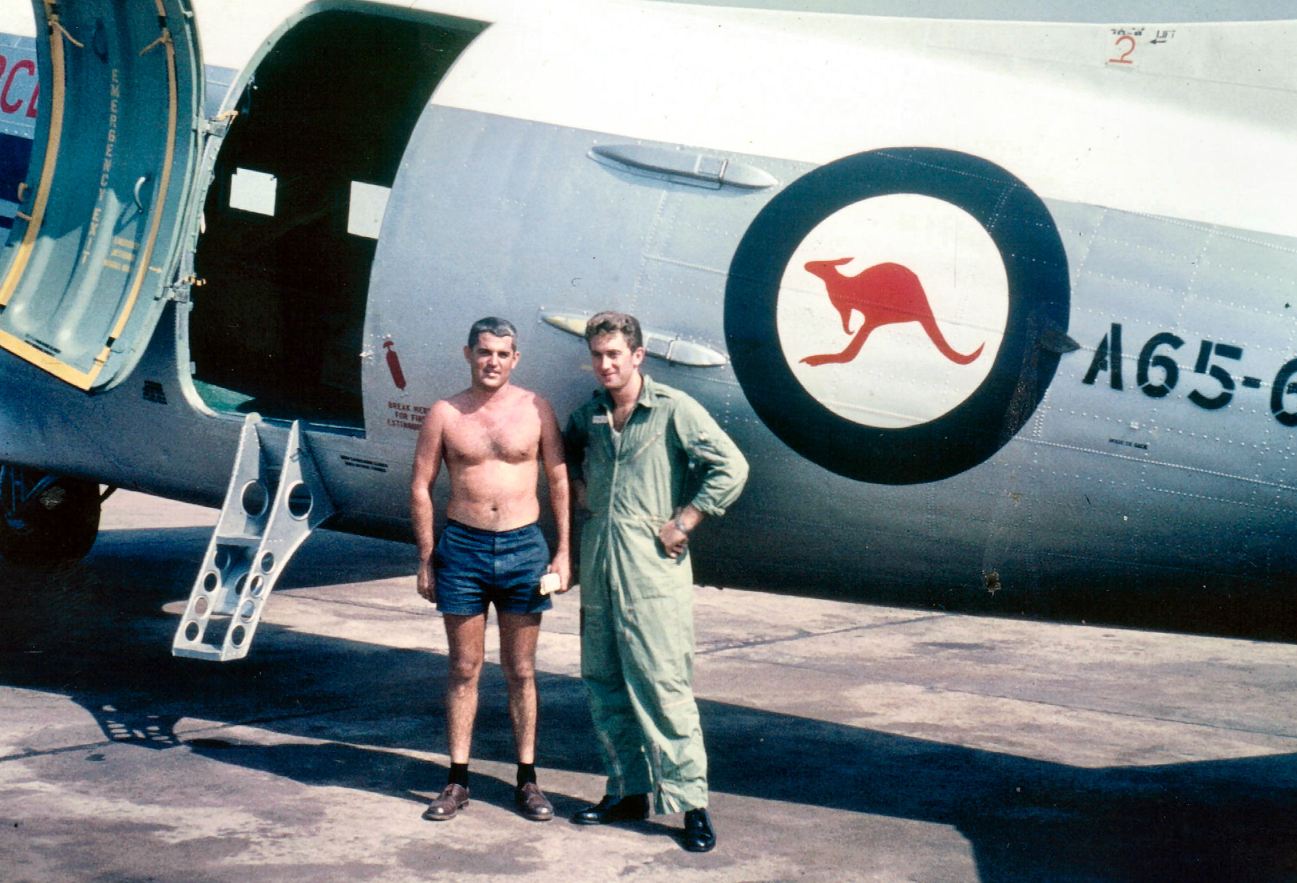
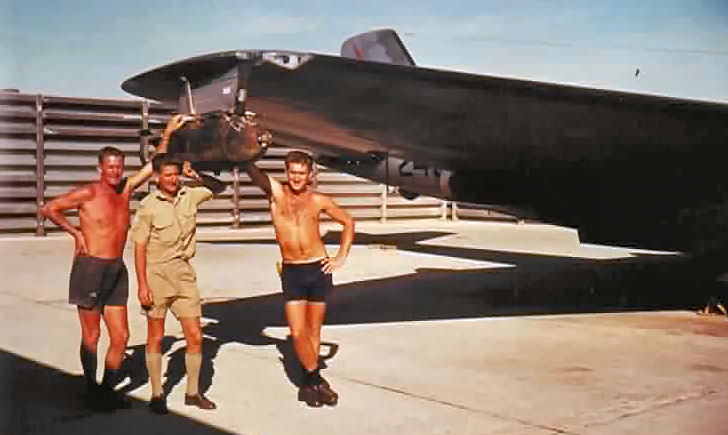 to Transport Support Flight (TSF) where his responsibilities included
the maintenance of the four Dakota aircraft and as a Flight Fitter –
forerunner to the Loadmaster and Flight Engineer musterings.
to Transport Support Flight (TSF) where his responsibilities included
the maintenance of the four Dakota aircraft and as a Flight Fitter –
forerunner to the Loadmaster and Flight Engineer musterings. 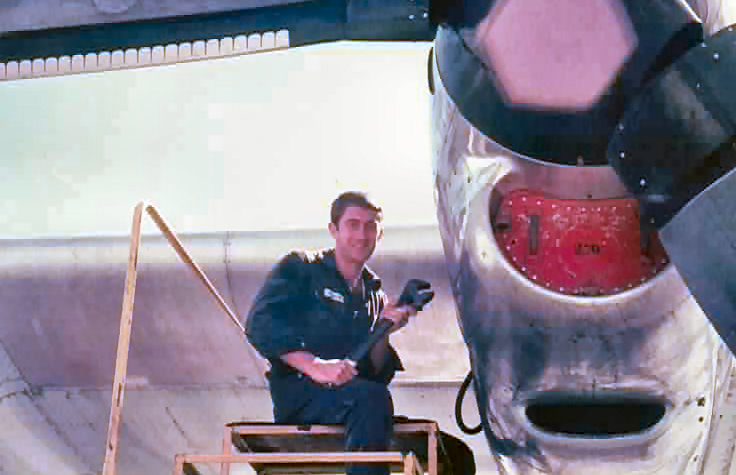
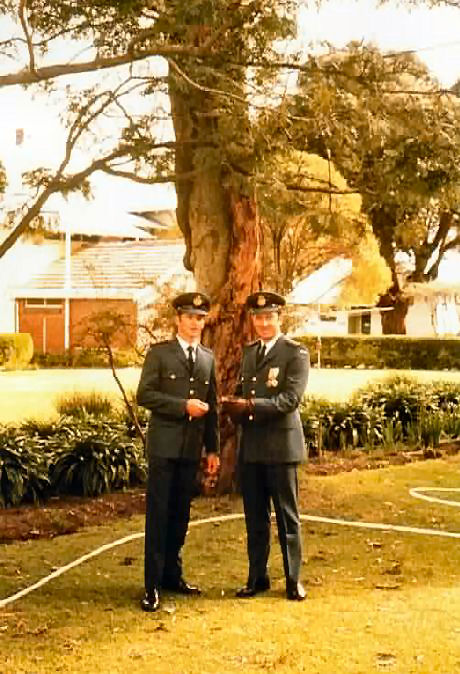
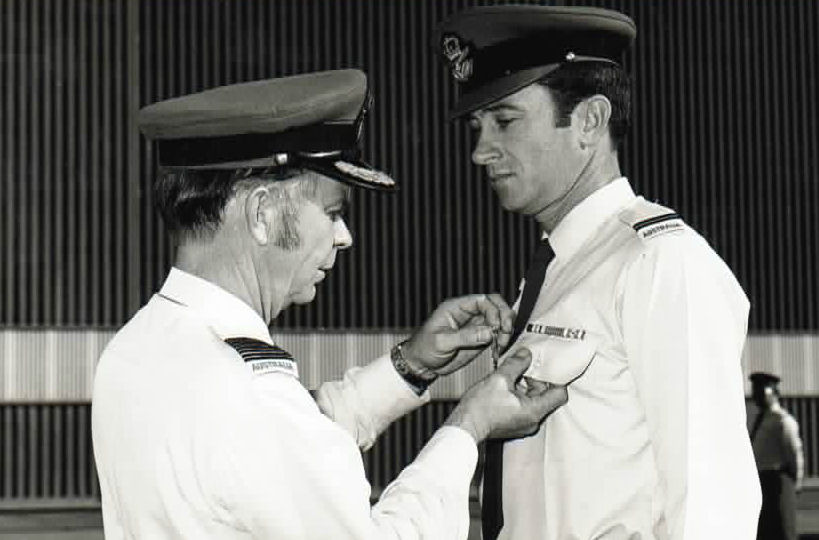 evel,
if he was to make a better cup of tea today than the one he made
yesterday, he would have achieved all the satisfaction he was going to
get on that day; but that proved not to be the case.
evel,
if he was to make a better cup of tea today than the one he made
yesterday, he would have achieved all the satisfaction he was going to
get on that day; but that proved not to be the case.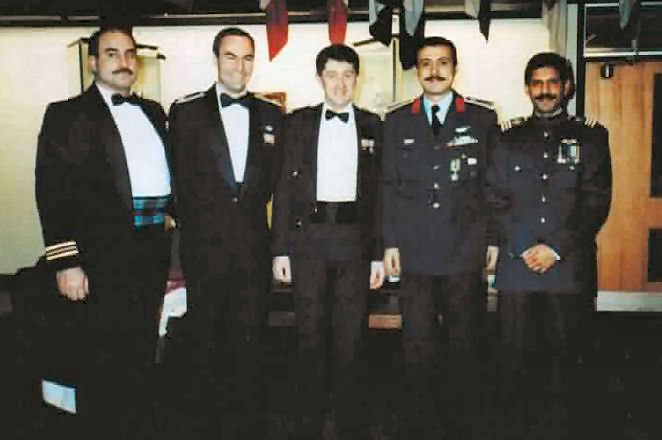 extension Tutorial Studies which, when combined with the six day working
week practiced by the RSAF, consumed much of the time which otherwise
could have been spent enjoying the pleasures offered by this unique
country.
extension Tutorial Studies which, when combined with the six day working
week practiced by the RSAF, consumed much of the time which otherwise
could have been spent enjoying the pleasures offered by this unique
country.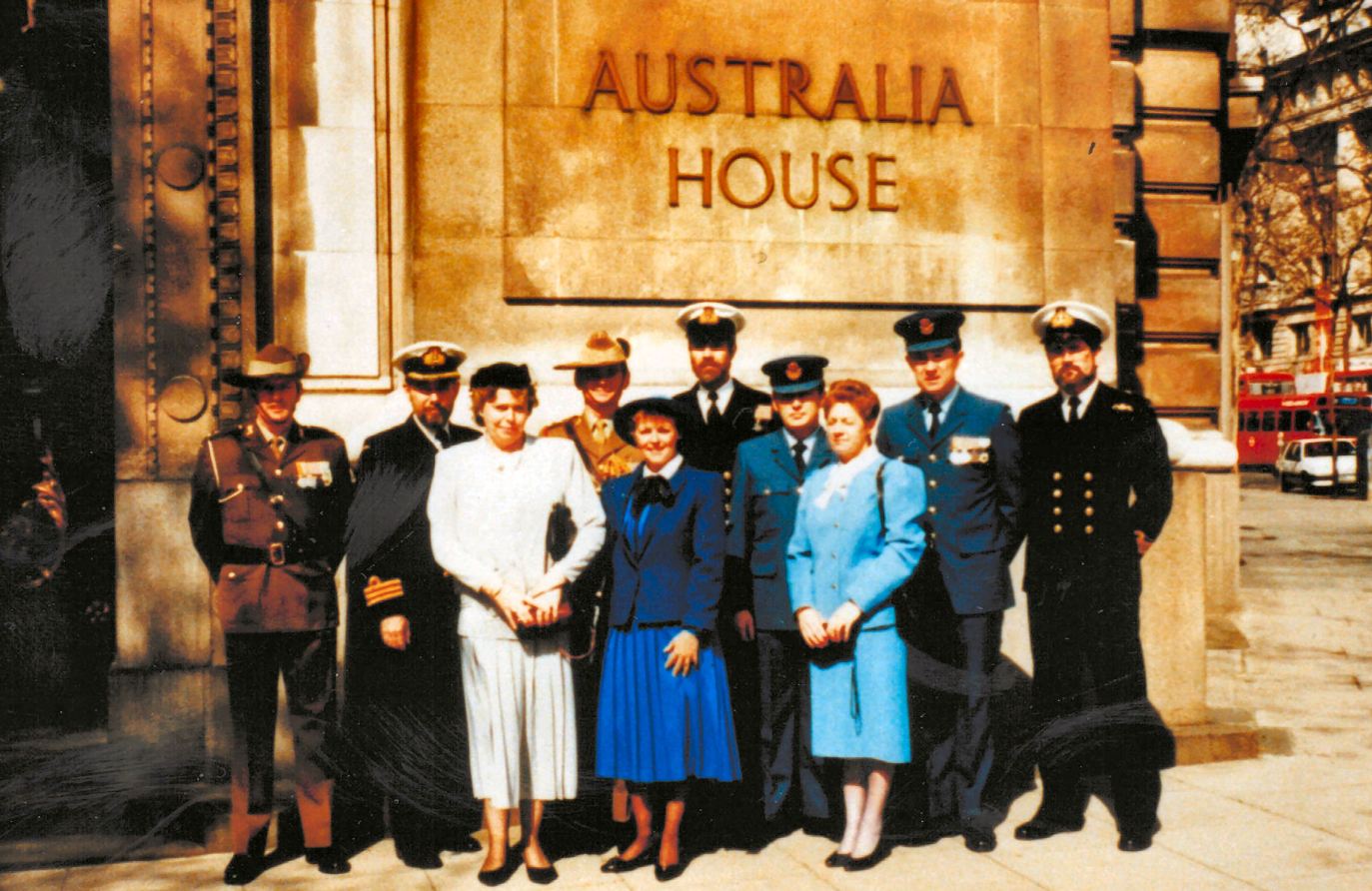
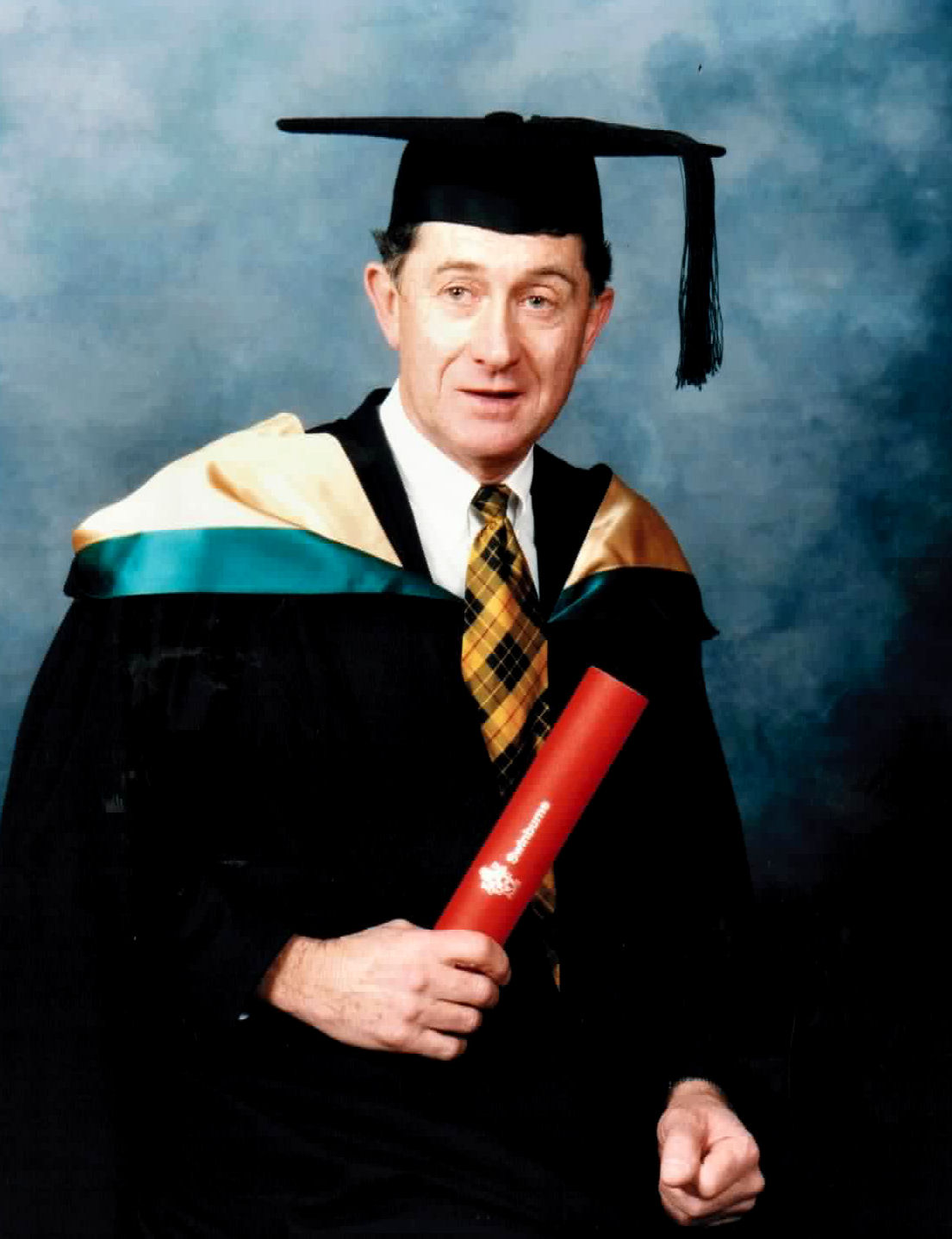 New
Zealand provided DM for the C130 fleet. The posting also afforded time
to complete his Gad Dip Bus and a Masters degree in Business
Administration (MBA) at Swinburne University of Technology.
New
Zealand provided DM for the C130 fleet. The posting also afforded time
to complete his Gad Dip Bus and a Masters degree in Business
Administration (MBA) at Swinburne University of Technology.